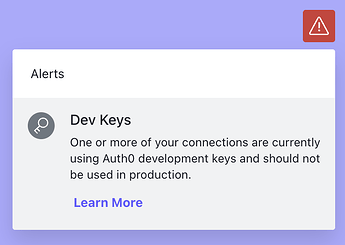Thanks all for your feedback!
About the interface, it was a known choice to use C64 look with it’s drawbacks. In fact, I had to spend some time to tweak the css to have the flickers, parallel lines and all that old time annoying stuff… However, I have though of adding an alternate css for normal non-c64 look, but then I was thinking that is this a good idea for the immersibility? Well, according to the feedback I think I’ll add it to the backlog. Also the other things about UI needs to be improved, I’ll work on that scrolling and focus stuff. Also, scrolling the adventure backwards should be doable at least for the current session.
I totally agree with the images that they are not very good at the moment. The problem is, that the FLUX model I use for image creation only ingests if I remember correctly something like 700 chars, and I feed the whole scene description to the prompt, and also a short prompt wrapping. This means, that almost all prompts for the FLUX are truncated and the result is disappointing. A good solution would be to use LLM to create a <700 char prompt for the image generator, but this would cause a fetch (=time & €€€) to the propietary LLM model. I think I’ll make this in future.
Another good notion is the one about streaming responses, instead of long waiting periods. However, my project architecture makes this extremely difficult, as the python backend takes care of the LLM service, then passes it to the react.js frontend. This is doable in deed, but difficult.
About the bland story and LLM’s ability produce a story; The LLM creates the story on the fly according to a prewritten synopsis, context and some policies. These are all just prompt wrappings currently as I tried some agent graphs but they did not improve the result so much and only added time and €€€. One of the ideas why I made this was trying the limits of prompt wrapping versus agents and in fact I have a sample agent setup also, but currently the repo is private and can’t be cloned. There is of course much you can do with prompt wrapping regarding the text style, length of output and such, but this does not make the LLM a good writer. Also, the LLM has trouble keeping a good pace in the games (spends time in trivial things, like lighting a fire can take three turns), following the synopsis and deciding gracefully when the end game conditions are met. If it interests someone, I could show a sample of prompt wrapping and an adventure template, but I think it would be quite off-topic for this board.
In the image generation I use a certain style for each adventure that I enforce in image creation prompt wrapping. I think I should do the same thing in the text generation, however, I think I need some tips on what kind of text would be suitable and what would improve the overall and adventure specific text quality.
Thanks also for notifying about the Auth0 issue; However, I am completely unable to reproduce it? I have tested the app in chrome, firefox and edge. Also, the dev version and prod version use totally different accounts in Auth0 and should have no visibility to each-other, so I am a bit dazzled by this.
One more thing about the README.md; The github repo is currently private and so mostly the stuff in the README is not relevant. However, I decided to mirror the README for those interested in project architecture and well, I have always trouble keeping the dox updated but at least the README is usually the most up–to-date info about the project architecture etc. Do you think I should remove it?
But thanks again for all testers, I really appreciate!

